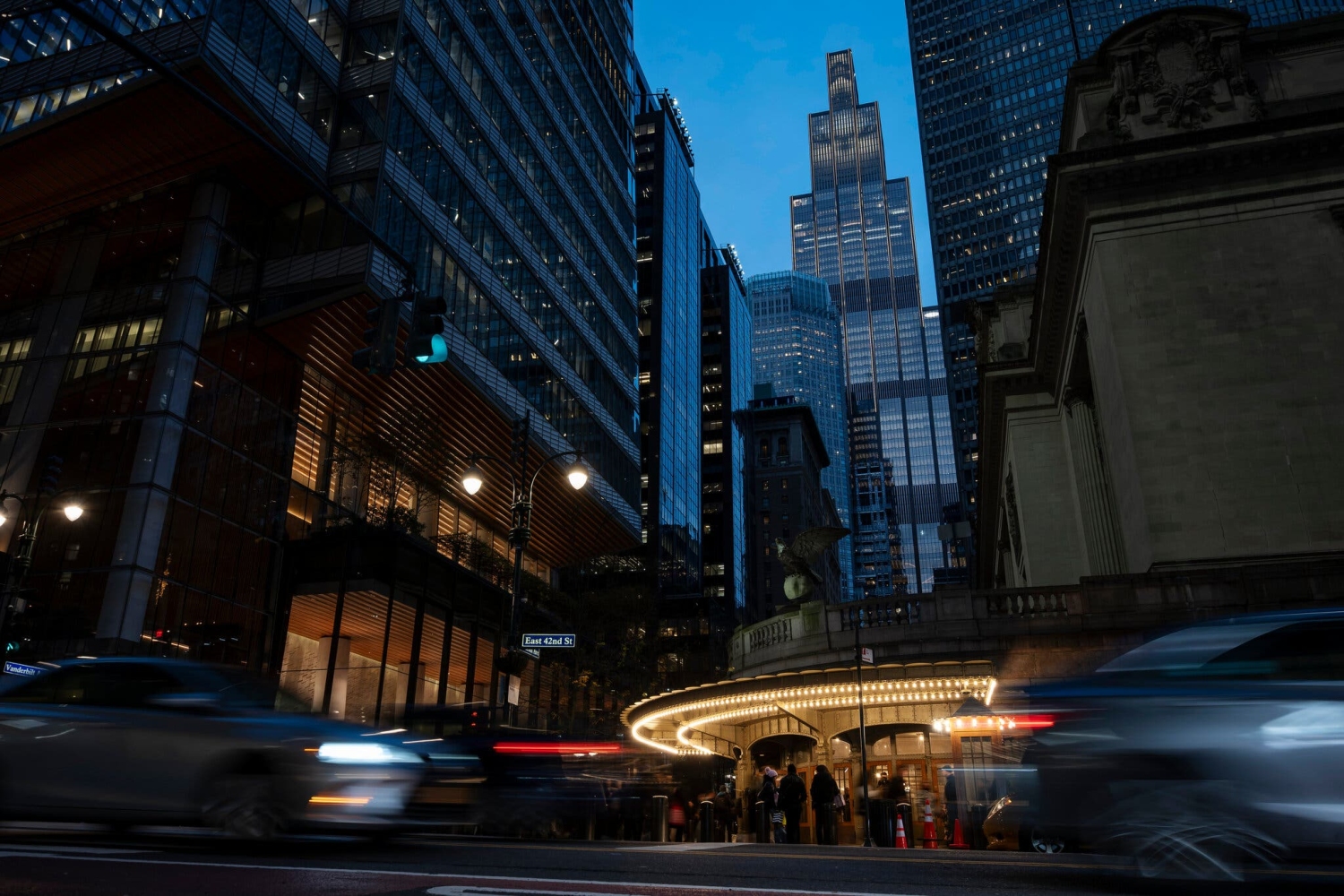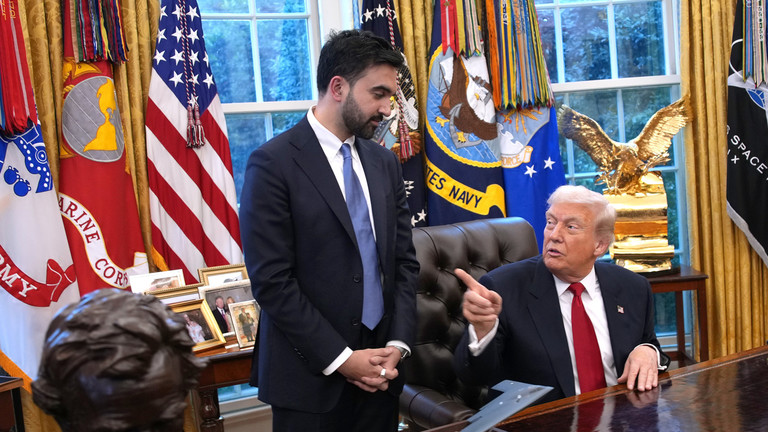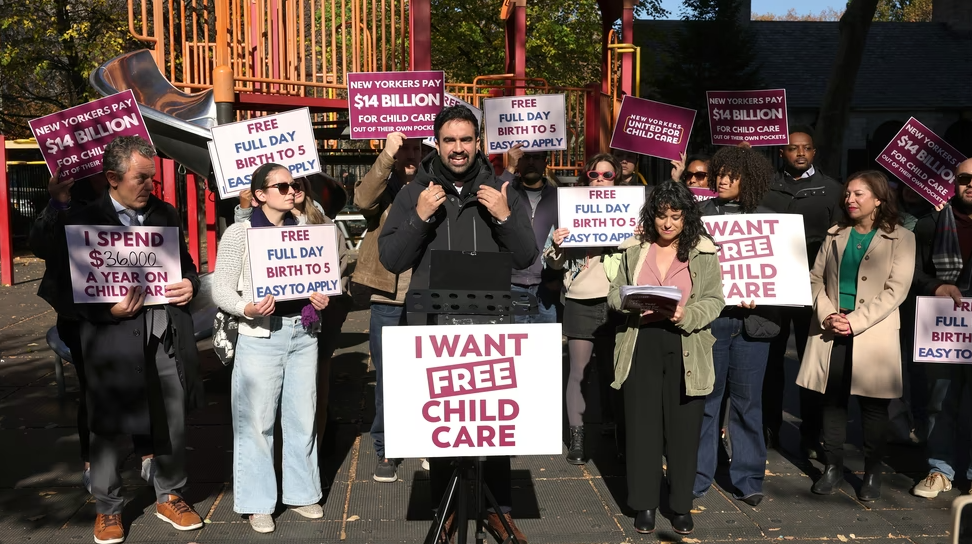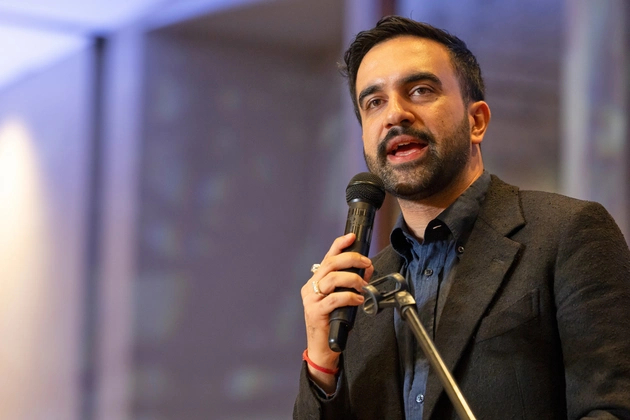
This article is more than
2 year oldNew York’s long and winding road to congestion pricing
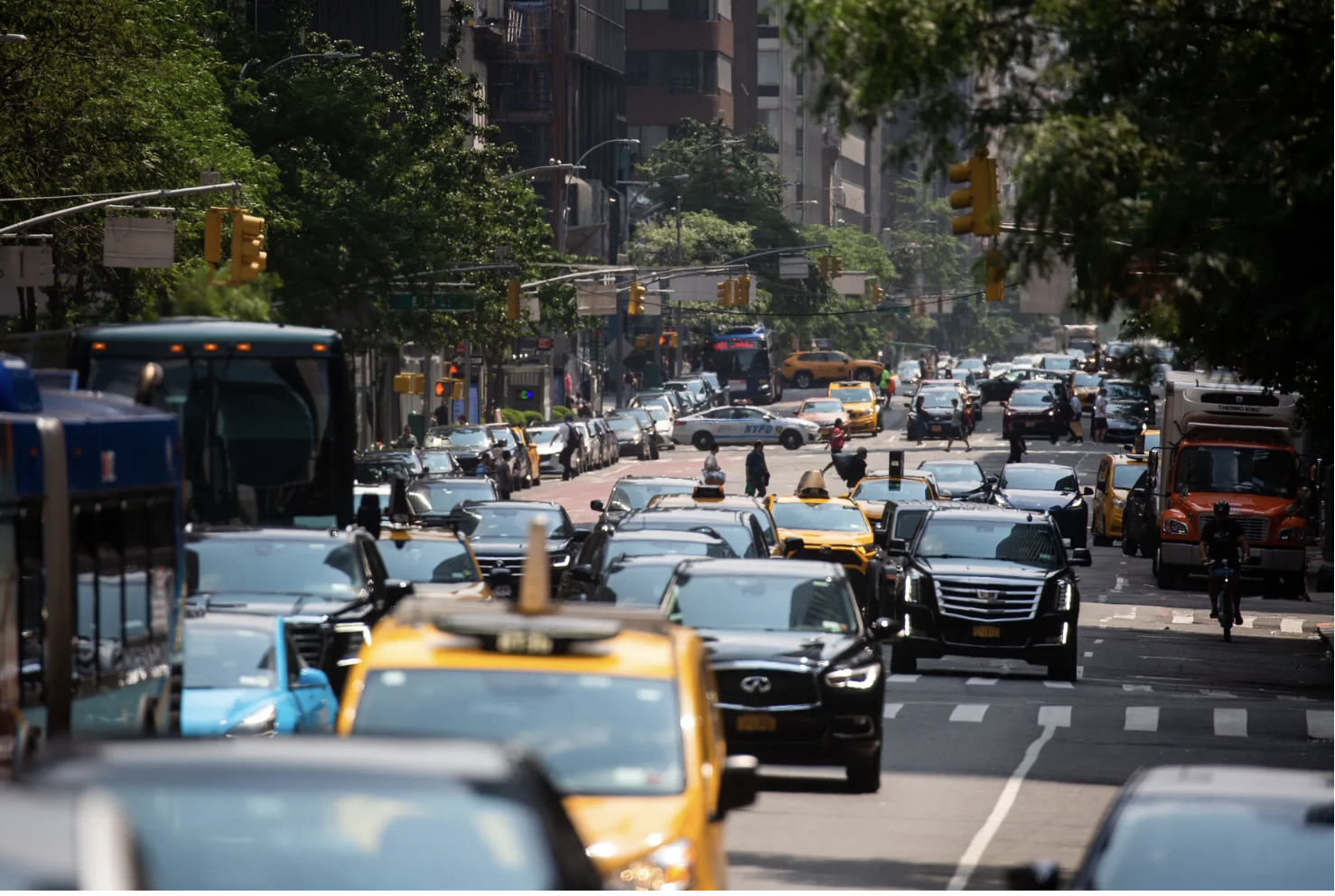
What if I told you there was a fairly simple policy initiative that would reduce auto traffic by 15 to 20 percent in the heart of America’s most congested city, raise $1 billion annually for the country’s biggest mass transit system at a time when such services are on the edge of a financial death spiral, and improve air quality for urban neighborhoods that have long suffered disproportionately from pollution?
I have good news: Such a plan exists. It’s called congestion pricing, and at the end of June in New York City, the plan cleared its last federal hurdle. As early as next spring, motorists will be charged a fee — perhaps $23 for a rush-hour trip and $17 in off-peak hours, according to a report released last year — to enter the most crowded parts of Manhattan south of 60th Street and below Central Park.
But here’s the bad news: Assuming that Manhattan’s congestion pricing really does go into effect next spring — and one should assume nothing to do with the city and state of New York will ever happen on time — it will be 17 years since then-New York Mayor Michael Bloomberg first proposed such a program, only for it to be shot down by the New York state legislature. Even after the state finally got on board in 2019, it took years of onerous federal environmental reviews and repeatedly blown deadlines to get to the point where the program now finally seems ready to go.
That’s why congestion pricing demonstrates two things: one, that the US can implement smart solutions to some of the most difficult climate and urban problems we face today. And two, that the byzantine review system we’ve created — ostensibly to protect the environment — has made it so, so, so difficult to do so.
The long and winding toll
Telling the full story of congestion pricing in New York from Bloomberg to today would take as long as a taxi ride down Fifth Avenue in the middle of rush hour, but suffice it to say the New York state legislature finally approved a plan in April 2019 with the support of then-Gov. Andrew Cuomo and Mayor Bill de Blasio. Given that implementing congestion pricing on a technical level mostly boils down to setting up electronic detection sensors at entrances and exits to the toll zone, the hope was that it could be up and running as early as 2021.
It was not. Even though getting Albany and New York City aligned had taken more than a decade, this was just the start. Because states need permission to put tolls on roads built with federal money — which include some of the streets in New York’s congestion zone — federal cooperation was required.
Unsurprisingly, the initiative stalled under former President Donald Trump, who was engagedin an ongoing war of words with New York and Cuomo. (Nor did it speed things along when Cuomo himself resigned in 2021 over sexual harassment allegations.) But the Biden administration was all in favor. Congestion pricing was the transportation equivalent of progressive taxation, with the money coming from drivers, who tend to be richer, and going to mass transit, where passengers tend to be poorer, all while serving broader climate and air pollution goals. While plenty of motorists from outer-borough New York or neighboring states were obviously not happy with the idea of paying extra to drive in Manhattan, federal approval should have been a cinch.
It was not. In 2021, seeking to avoid a full environmental impact assessment by federal agencies — which can now take more than four years to complete on average — the White House allowed New York to instead complete a lighter environmental assessment.
“Lighter,” though, is relative. After the MTA submitted a draft review in February 2021, the Federal Highway Administration replied with hundreds of technical questions under the National Environmental Policy Act (NEPA), which required well over a year of technical analyses and meetings. And every month that passed meant one more month without additional revenue for struggling mass transit, one more month when air pollution was worse than it had to be, one more month where motorists could drive freely into central Manhattan, but at the cost of barely moving at all.
Congestion policymaking
Nonetheless, after years of effort and delay, congestion pricing now seems like a done deal, though I won’t quite believe it until I see it. Not everyone is happy — taxi and ride-hailing drivers worry that the added tolls will reduce demand for their business, parts of the Bronx fear that spillover traffic outside the zone could worsen air pollution in their neighborhoods, and suburbanites just don’t want to pay
(As one Garden State citizen said, “I think it discriminates against people in New Jersey,” which, one, that’s kind of the point, and two, I’m sorry to say this is far from the first time we New Yorkers have discriminated against New Jersey — “bridge and tunnel crowd,” after all, isn’t meant as a compliment. On the other hand, you inflicted Jersey Shore upon us, so let’s call it even.)
While New York’s congestion pricing plan has initiatives built in that should redress some of these concerns — like fee caps for certain vehicles, including taxis and ride-hailing cars, and funding to address air pollution in the Bronx — there are no solutions to the scale of the problems we face over climate or cities that will make everyone happy. And while the environmental review process is designed to ensure that everyone’s voices are heard before a major project goes forward, too often it is weaponized by specific interests to slow things down and enforce the status quo.
The paradox of climate change, and indeed the 21st century, is that the environment we’ve built is what’s gotten us into this mess — and yet, the only way out of it is to build better. And we can’t afford to be stuck in a policymaking traffic jam.
A version of this story was initially published in the Future Perfect newsletter. Sign up here to subscribe!
